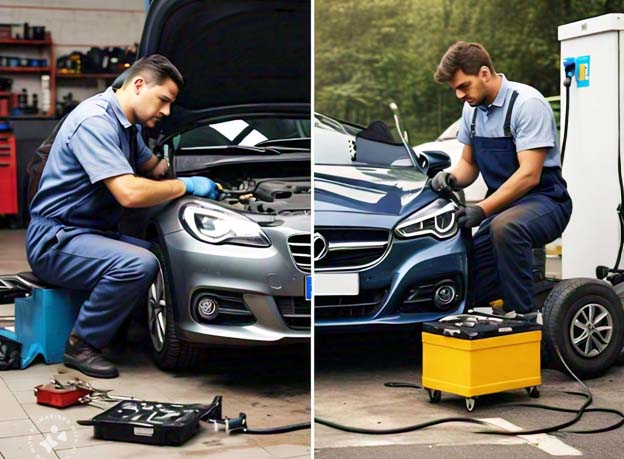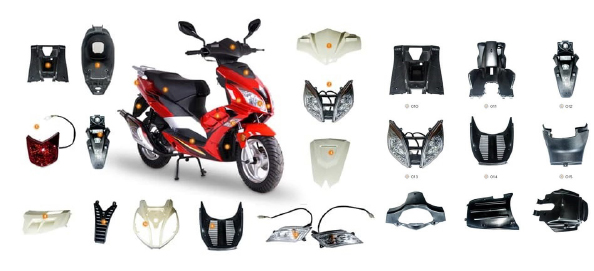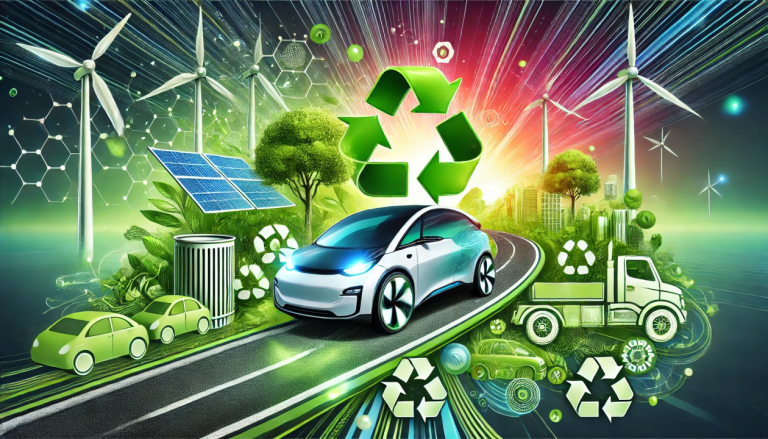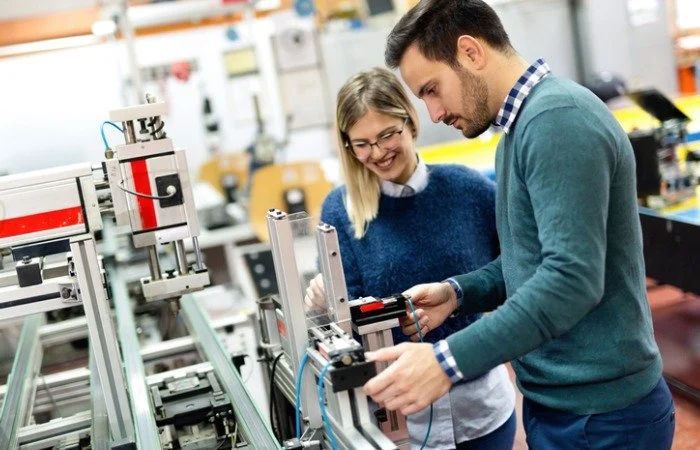Dear Readers in times of economic downturn, it’s natural for many to focus on the challenges and hardships that accompany such periods. Businesses struggle, jobs are lost, and uncertainty looms over financial markets. However, history tells us that some of the most successful companies were born during such turbulent times. The great irony of adversity is that, while many falter, others rise from the ashes stronger than ever. This begs the question: Are we focusing too much on the problems, or are we seeking the silver linings hidden within these challenges? More importantly, are we limiting ourselves by buying into the belief that tough times inevitably lead to failure?
The reality is that our mindset plays a critical role in how we navigate adversity. Instead of succumbing to the narrative that economic hardship signals the end of opportunity, perhaps it’s time to shift our perspective. If we look closely, the seeds of success often sprout in the most unexpected circumstances. But it’s up to us to recognize these opportunities, adjust our beliefs, and seize the moment.
Economic Downturns: The Birthplace of Great Companies
Some of the world’s most successful companies were launched during times of economic crisis, when it seemed counterintuitive to start a business. Why would anyone start a company when consumer spending is low, credit is tight, and uncertainty reigns supreme? It turns out that adversity can sharpen focus, spark innovation, and provide fertile ground for new ideas.
- Microsoft (1975)
Microsoft, now one of the largest and most influential companies in the world, was founded in 1975, right after a recession that saw economic stagnation. Bill Gates and Paul Allen took a risk and bet on the future of personal computing at a time when the economy wasn’t favorable. This bold move paid off, and today, Microsoft is a cornerstone of the tech industry. - Apple (1976)
Another tech giant, Apple, was founded in the aftermath of the 1970s recession. Steve Jobs, Steve Wozniak, and Ronald Wayne launched the company in 1976 with a vision of revolutionizing personal computing. Despite economic challenges, Apple thrived by focusing on innovation and creating products that ultimately transformed industries and societies. - Airbnb (2008)
The 2008 global financial crisis is one of the most severe downturns in modern history, but it also gave birth to several transformative companies. Airbnb, a platform that allowed people to rent out their homes or spare rooms to travelers, was one such company. Founded by Brian Chesky, Joe Gebbia, and Nathan Blecharczyk, Airbnb was initially a small idea to make some extra money during tough times. The founders saw an opportunity in a market where many would have seen only struggle, and today Airbnb is a multi-billion dollar enterprise. - Uber (2009)
Uber, now synonymous with ride-sharing, was launched in the wake of the 2008 recession. Its founders, Garrett Camp and Travis Kalanick, saw an opportunity to disrupt the taxi industry and provide more convenient transportation options in cities. Despite the economic challenges, Uber’s innovative approach to an old problem allowed it to flourish, and it fundamentally changed the way people think about mobility.
These examples demonstrate that some of the most groundbreaking companies were created not in times of abundance but in times of scarcity. The economic conditions forced entrepreneurs to think creatively, adapt quickly, and seize opportunities that others might have overlooked. This history raises an important question for all of us: Are we focusing too much on what’s going wrong, or are we actively looking for opportunities during tough times?
Mindset Matters: The Power of Perception in Times of Crisis
During challenging times, it’s easy to fall into the trap of focusing solely on problems. We complain about shrinking markets, declining sales, and economic uncertainty. However, what often limits us isn’t the external circumstances—it’s our internal beliefs and mindset.
If we believe that an economic downturn automatically means failure, our actions will reflect that belief. We’ll be more cautious, risk-averse, and pessimistic about the future. But what if we challenged these beliefs? What if, instead of seeing problems, we chose to see possibilities?
This shift in mindset is crucial because it changes the way we approach adversity. When we stop focusing on what’s wrong and start asking, “Where are the opportunities?” we open ourselves up to new possibilities. This doesn’t mean ignoring the challenges—far from it. It means acknowledging the difficulties while also looking for silver linings.
Challenging Limiting Beliefs
Let’s consider the belief that “businesses always go down in tough times.” This is a limiting belief that isn’t necessarily true. While many companies do struggle, others thrive by finding new ways to serve their customers, pivoting to new markets, or developing innovative products. The key difference lies in mindset: The companies that succeed during downturns are those that don’t accept the status quo. They challenge the notion that failure is inevitable and instead focus on what they can control.
Think of how digital platforms, such as Zoom and Netflix, flourished during the COVID-19 pandemic. These companies were able to capitalize on the sudden shift in consumer behavior, not because they were lucky, but because they were prepared and positioned to meet the new demand. Similarly, e-commerce platforms like Shopify saw explosive growth as more businesses moved online to survive lockdowns. These companies succeeded not because they avoided the crisis, but because they embraced the opportunities hidden within it.
Finding the Silver Linings: The Role of Innovation
If adversity sharpens focus, then it also fuels innovation. When resources are scarce and the environment is hostile, companies are forced to think creatively to survive. This is often when some of the most innovative ideas are born.
Consider how economic downturns can lead to:
- Cost-Cutting Innovation: During lean times, businesses are forced to innovate not just in their products but also in their processes. This may lead to breakthroughs in efficiency, reducing waste, and creating leaner, more agile operations.
- New Consumer Needs: When the economy struggles, consumer needs shift. People may prioritize value over luxury, or they may seek out new ways to save money. Companies that can identify and meet these changing needs are well-positioned to succeed. For example, during the 2008 financial crisis, companies offering budget-friendly solutions or subscription models (like Netflix) thrived as consumers looked for affordable entertainment.
- Shifts in Technology and Behavior: Economic downturns can accelerate shifts in technology and behavior. For instance, remote working tools like Slack, Zoom, and Microsoft Teams all grew in popularity during the COVID-19 pandemic. Companies that recognized these shifts early and adapted their offerings accordingly were able to succeed despite the broader economic struggles.
Taking Advantage of Opportunity: A Call to Action
The companies that have thrived during economic downturns didn’t simply wait for things to get better—they actively sought out and created opportunities. In the same way, we must ask ourselves: How are we limiting our approach? What beliefs are holding us back? What opportunities are we overlooking because we’re too focused on the problems?
Instead of saying, “It’s a tough time, therefore, everything is difficult,” we should shift our thinking. Yes, there are challenges, but those challenges often reveal new opportunities. Perhaps new markets are emerging, consumer needs are shifting, or there are inefficiencies in current systems that can be improved. We need to actively look for the silver linings and adapt our strategies to seize them.
Conclusion: Thriving in Tough Times
Economic downturns will always pose significant challenges. But history shows us that these times are also ripe with opportunity for those willing to change their perspective. Whether it’s by innovating in the face of adversity, challenging limiting beliefs, or recognizing shifting consumer needs, there is always room for growth—even in the harshest environments.
The question is: Are we focusing on the problem, or are we actively looking for the opportunity? The companies that succeed in tough times are those that choose the latter, and in doing so, they not only survive but thrive.
Now is the time to ask: Where are the opportunities? What can we do differently? The answers to these questions will determine who rises from the ashes when the storm passes.
Exclusive article written by Aqeel Bashir for Automark Magazine’s October-2024 printed/digital edition







